This is part of a series with Perfect Earth Project, a nonprofit dedicated to ecological gardening, on how you can be more sustainable in your landscapes at home.
For more than 20 years I’ve been lucky to travel around the country writing and producing stories about gardens—from sleekly geometric gardens in California to crisp, formal landscapes in Florida to grand estates in New York. But when I remember some of the stories I’ve written that perpetuated an unrealistic ideal of “perfection,” I cringe. I think of the fallen leaves removed, the truckloads of “good” soil brought in to grow certain plants, the chemicals sprayed, the barrage of gas-powered mowers and blowers, and the gallons upon gallons of water to keep things green.
My perspective didn’t change overnight, but rather slowly built as I read and learned more about climate change, habitat loss, and our biodiversity crisis. We’ve lost three billion birds since 1970. Forty percent of insects are facing extinction. In 20 years, we’ve lost 22 percent of our butterflies. We have developed 97 percent of the land in the world. And every year approximately 80 million pounds of pesticides are used on lawns. Now when I revisit some of the gardens I once thought of as beautiful, I see them as old-fashioned and harmful. Those enormous lawns look as sterile as astro turf. Those crisp hedges look like torture. I think of Robin, the soulful, young boy at the heart of Bewilderment, a novel by Richard Powers. “We’re breaking the whole planet,” he says. “Everybody knows what’s happening. But we all look away.”
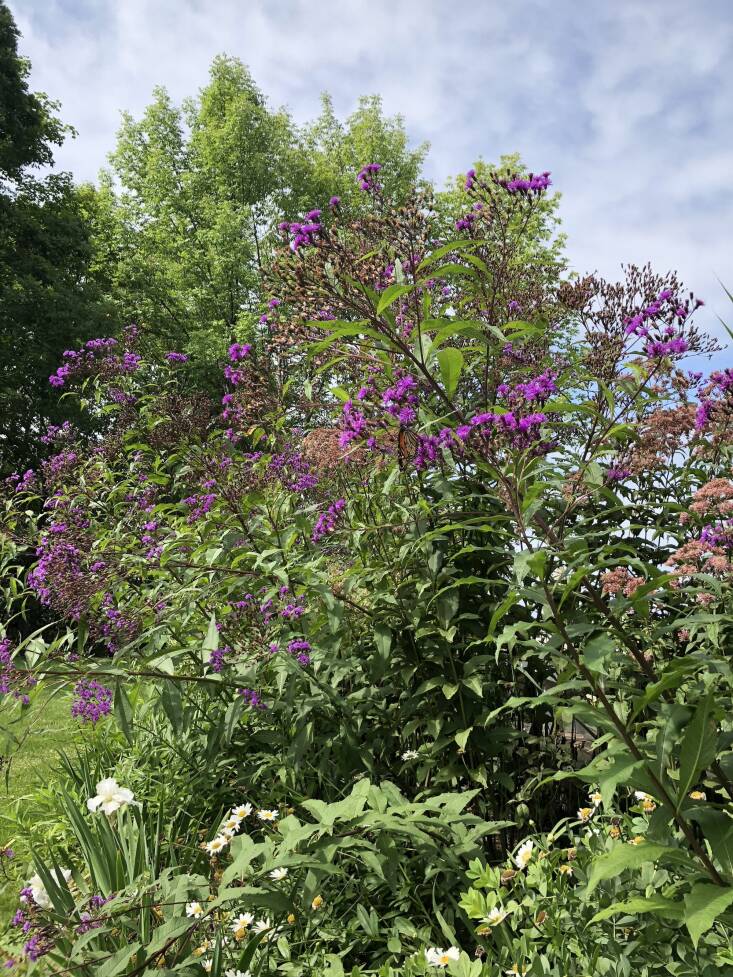
So, what can gardeners, designers, and landscapers do? For one thing, all of us who love plants so much that we spend hours digging in the dirt can stop looking away and start thinking about the birds and bees and butterflies. The bats, the moths, the beetles, and the fireflies. The owls, the snakes, the chipmunks, the rabbits, and, yes, even the moles and the voles. And though the problem may seem vast, know that we can make a difference—no matter how small the space is or what the neighbors might say—by gardening more ecologically.
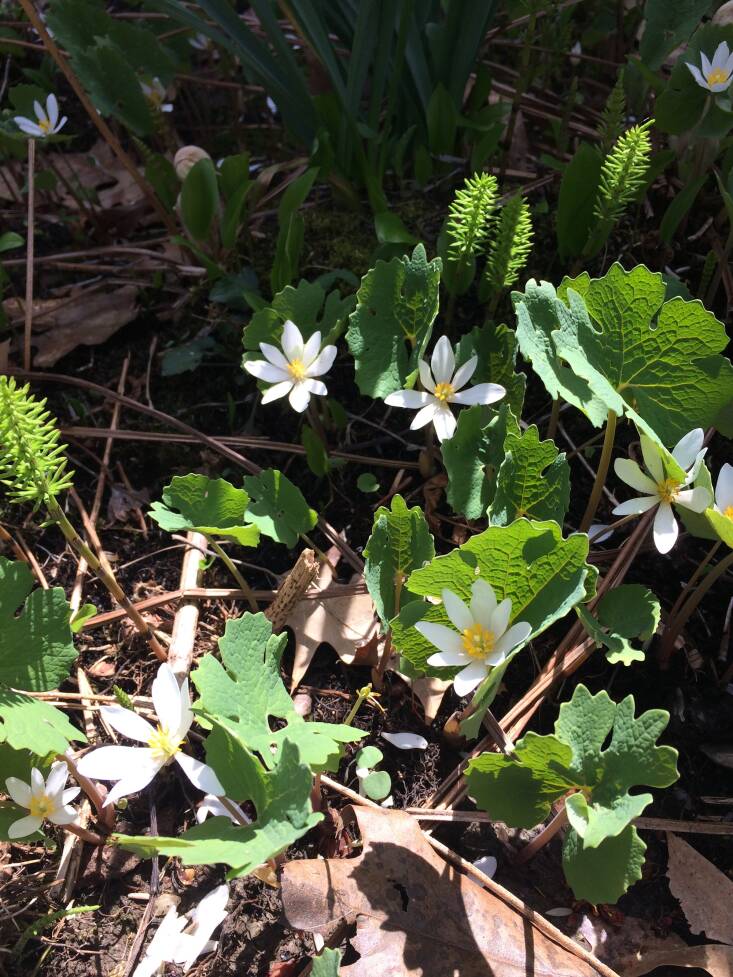
It’s a great opportunity to create a new garden aesthetic that puts nature’s needs ahead of ours. Start by growing native plants—think: two-thirds for the birds. Soon you, too, will see “heaven in a wild flower.” Rejoice when you spot nibbled leaves—to welcome butterflies and birds, you need to feed caterpillars. Stop using all chemicals. Period. End of story. Close the loop by leaving the leaves and all biomass on your property and skip imported bagged mulch and soil. Create habitat—food, shelter, water. At Perfect Earth Project, we put together ecological resources, including a set of simple PRFCT Global Ground Rules, to help. You can find them here.

See also:
- ‘Stop Putting Your Garden into Shapewear’: 12 Tips for Nature-Based Gardening
- Ground Rules: Lindsey Taylor Shares Her Tips for a More Sustainable Landscape
- Out With the Old: 7 Bad Gardening Habits to Break Now
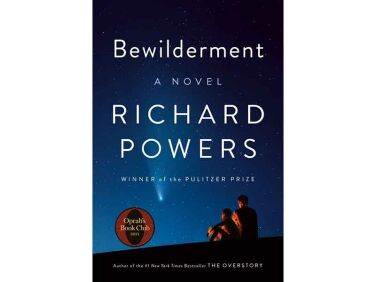
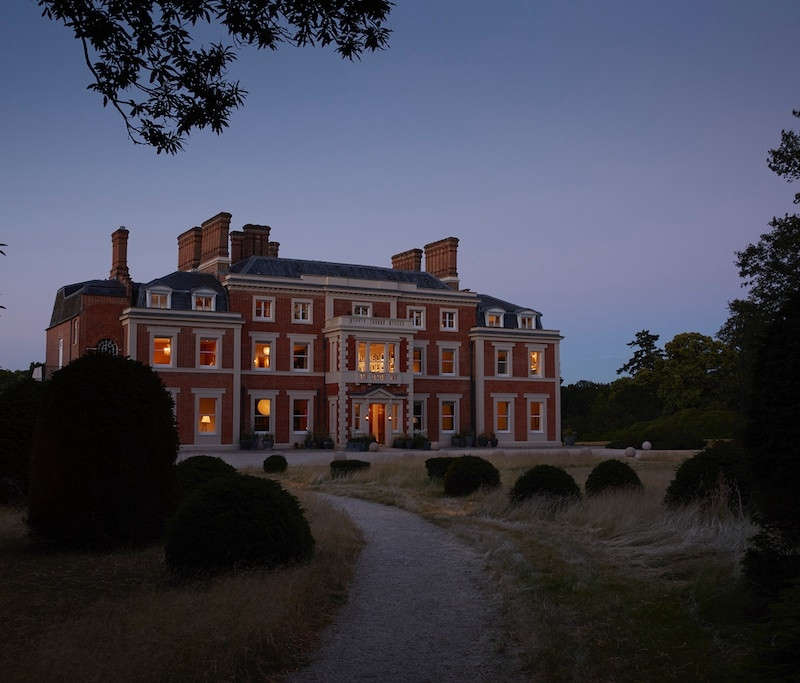
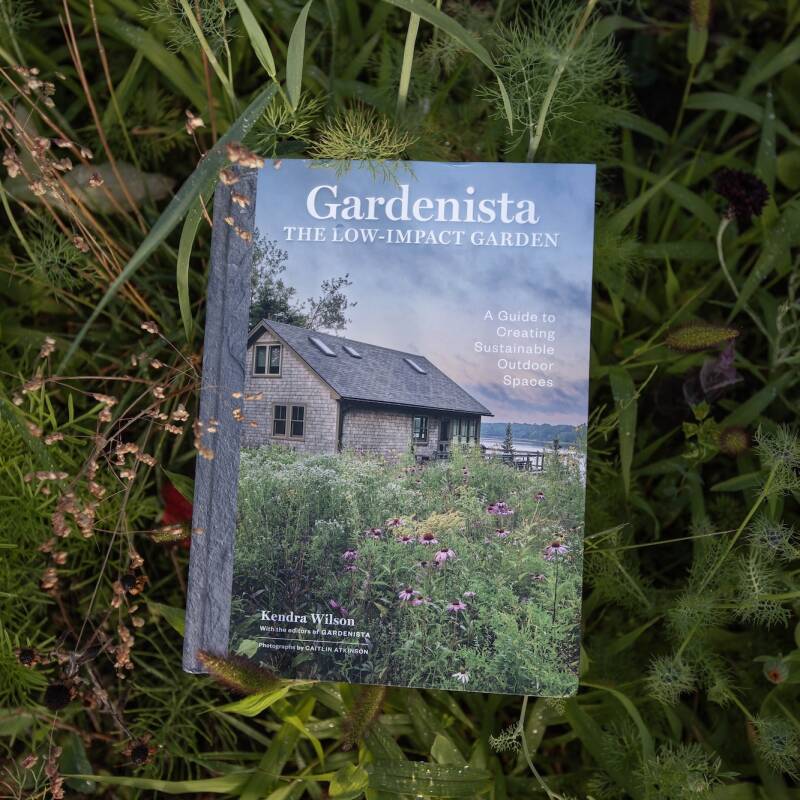








Have a Question or Comment About This Post?
Join the conversation (0)